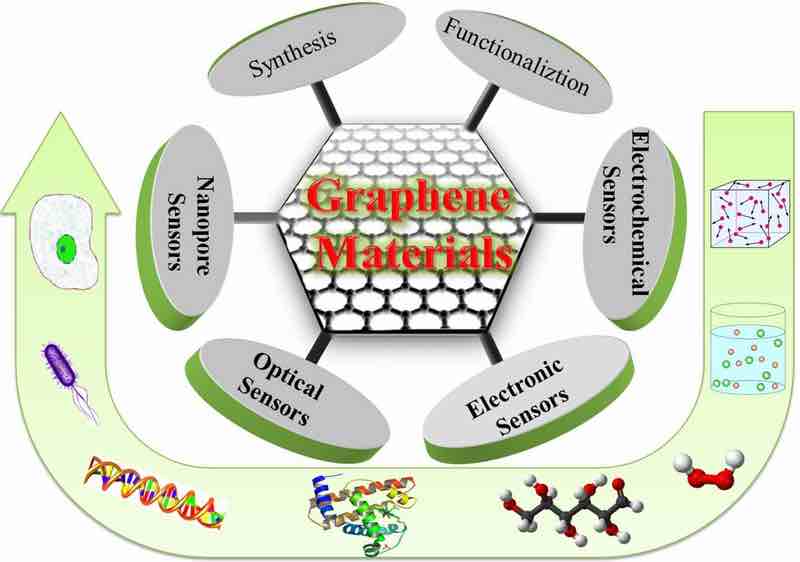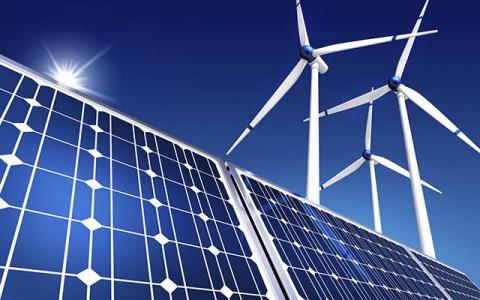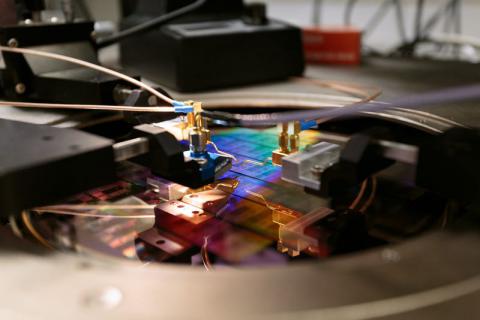Graphene Foam Gas Sensors
Graphene sensors – graphene foam to detect low traces of dangerous gases such as ammonia and nitrogen dioxide sensibly and cheaply. this material is called graphene foam which is graphene sheets grown on a template. the advantages of this sensor is that graphene sheets in this form are expose to both sides to the gasses and that increases the sensitivity of the device.
It is a micro scale structure and its scalable and easy to create sensors with. we estimate that the cost of this sensor would be 5 to 10 times cheaper than comercial sensors that are available in the market, ammonia and nitrogen dioxide sensors have a lot of applications in nox reduction and emmision of hazardes from combustion processors.
Graphene sensors – it also has a lot of applications in environmental monitoring and also for public security. because of the recent regulations on no2 or nox reduction there has been a huge demand for nox sensors, it is foretasted by 2017 177 million gas sensors will be required every year.
 Graphene Sensors
Graphene Sensors
Wearable Graphene Sensors
A Graphene based malfunctioning fiber sensor, Imagine a flexible light weighted fiber that adheres easily onto human body to monitor various human activities, imagine a single fiber that attaches across a robots joint that can detect different kinds of movements, like joint rotation and bending.
Using A Facile, Low-Cost, And Scalable Fabrication Strategy
Graphene sensors – Jing Sun and co workers at Shanghai Institute of Ceramics, Chinese Academy of Sciences, Presented a graphene based fiber sensor that exhibited superior properties in sensing different kinds of mechanical deformations.
They devised a graphene sensor with an unique hierarchical architecture “compression spring”. A stretchable PU core fiber covered by spirally winding PE fibers, with reduced graphene oxide coating on the surface. The fiber sensor possesses two outstanding features
1. Achieving the combination of ultrahigh sensitivity (0.2% strain) and broad sensing range (100% strain) in tensile strain testing. 2. Enabling the detection of multiple mechanical deformations, including stretching, bending, and torsion, based on the corresponding resistance change under different mechanical stimuli.
 Graphene Sensors
Graphene Sensors
With The Help Of PDMS Substrate And Medical Tape
they integrated the fiber sensors into wearable sensors, and attached them to monitor various human activities. Benefiting from the ultrahigh sensitivity, they realized the detection of subtle human activity’s, such as speech recognition, pulse recording, and respiration monitoring, based on the corresponding characterized current signal patterns (under constant voltage).

